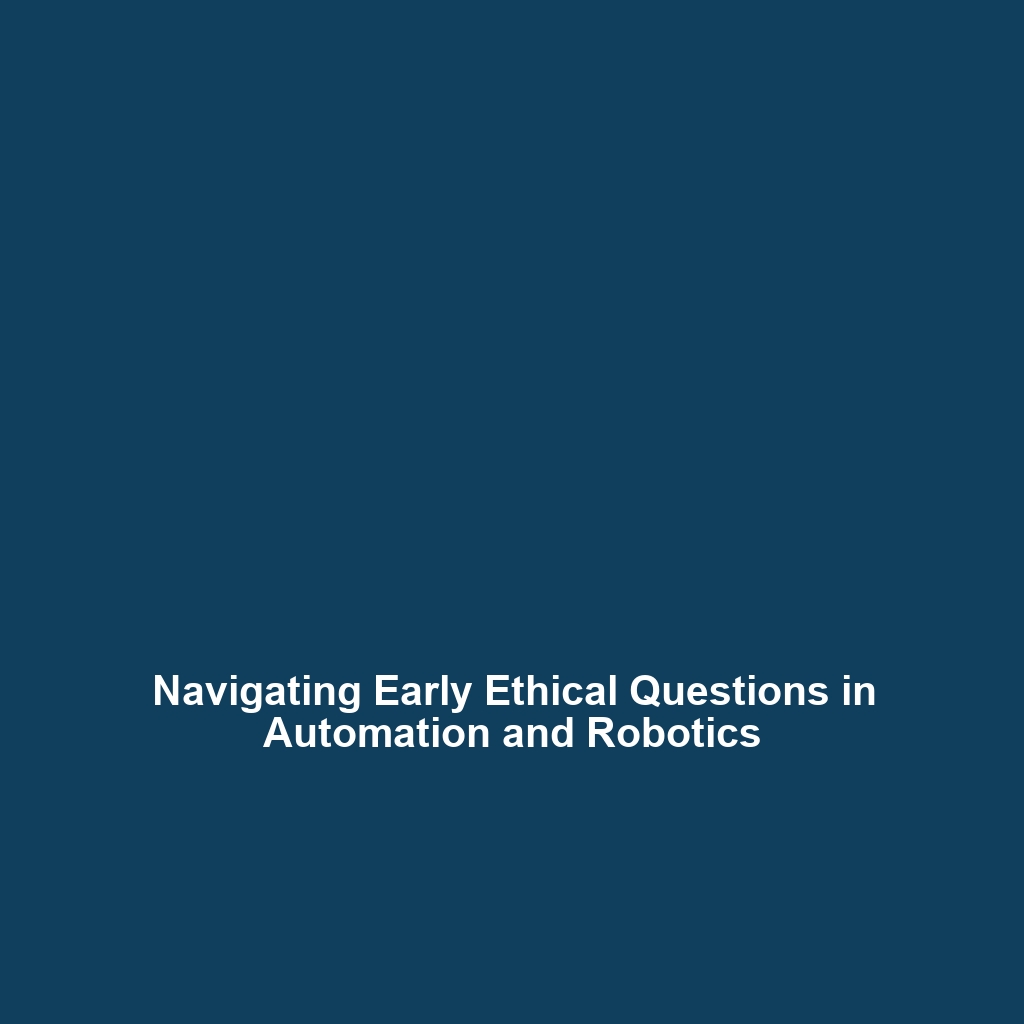Hacking and Manipulation in Brain-Computer Interfaces
Introduction
As Brain-Computer Interfaces (BCIs) become increasingly prevalent in our daily lives, the potential for hacking and manipulation raises serious ethical and security concerns. Unauthorized access to neural data can have far-reaching implications, affecting personal privacy, security, and even mental autonomy. This article delves into the issues of hacking and manipulation within the context of BCIs, highlighting the importance of securing neural interfaces. With technology rapidly evolving, understanding these vulnerabilities is crucial for both developers and users alike.
Key Concepts
Understanding Brain-Computer Interfaces
Brain-Computer Interfaces work by establishing a direct communication pathway between the brain and external devices. This technology has transformative potential, allowing for applications in various fields such as medicine, gaming, and assistive devices.
Hacking and its Implications
Hacking in the context of BCIs refers to unauthorized access to brain data or interference with neural processes. This manipulation can undermine trust in BCI technologies and present significant challenges in protecting user data and cognitive integrity.
Applications and Real-World Uses
Hacking and manipulation concerns arise prominently in the following applications of Brain-Computer Interfaces:
- Medical Applications: BCIs are utilized in rehabilitation for stroke patients, where hacking scenarios could lead to unauthorized control of prosthetic devices.
- Gaming and Virtual Reality: The immersive experience of BCIs in gaming may be jeopardized by potential external manipulations, influencing user actions without consent.
- Communication for Disabled Individuals: Individuals with mobility challenges use BCIs to communicate, a process that may be compromised through hacking attempts.
Current Challenges
Several challenges hinder the secure implementation of BCIs:
- Data Privacy: Protecting sensitive neural information is paramount yet remains difficult.
- Security Protocols: Existing security measures for BCIs are often inadequate against sophisticated hacking techniques.
- Public Awareness: There is a lack of understanding among users about the potential risks associated with BCI technologies.
Future Research and Innovations
Ongoing research aims to develop robust solutions to mitigate hacking risks in Brain-Computer Interfaces. Some areas of focus include:
- Advanced Encryption Techniques: Enhancements in data encryption to secure neural information.
- Decentralized Technologies: Utilizing blockchain to give users full control over their neural data.
- Improved User Education: Developing educational programs to raise awareness about hacking risks and prevention strategies.
Conclusion
The implications of hacking and manipulation as BCIs become integral to daily life warrant serious attention. Ensuring the security and integrity of neural data is critical to fostering user trust and well-being. Researchers and developers must work collaboratively to address these concerns while paving the way for innovative BCI applications. For deeper insights on securing BCIs and mitigating hacking risks, explore our articles on data security in BCIs and future impacts of BCI technology.






